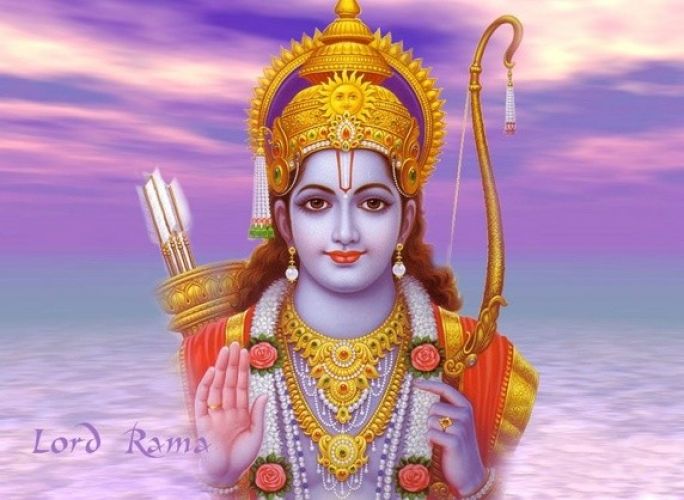Depending on the methods of counting, as many as three hundred versions of the Indian epic poem, the Ramayana, are known to exist. The oldest version is generally recognized to be the Sanskrit version attributed to the sage Valmiki.
The Ramayana has spread to many Asian countries outside of India, including Burma, Indonesia, Cambodia, Laos, Philippines, Sri Lanka, Nepal, Thailand, Malaysia, Japan, Mongolia, Vietnam and China.
The original Valmiki version has been adapted or translated into various regional languages, which have often been marked more or less by plot twists and thematic adaptations. Some of the important adaptations of the classic tale include the 12th-century Tamil language Ramavataram, 14th-century Telugu language Sri Ranganatha Ramayanam, the Khmer Reamker, the Old Javanese Kakawin Ramayana, and the Thai Ramakien, the Lao Phra Lak Phra Lam, and the Burmese Yama Zatdaw.
Below are a few of the most prominent Sanskrit versions of the Ramayana. Some primarily recount Valmiki’s narrative, while others focus more on peripheral stories and/or philosophical expositions:
- Adhyatma Ramayana or spiritual Ramayana is extracted from the Brahmananda Purana, traditionally ascribed to Vyasa. It is thought to be the inspiration for Tulsidas’ Ramcharitmanas in Awadhi. While the Valmiki Ramayana emphasizes Rama’s human nature, the Adhyatam Ramayana tells the story from the perspective of his divinity. It is organized into seven Kandas, parallel to Valmiki’s.
- Vasistha Ramayana (more commonly known as Yoga Vasistha) is traditionally attributed to Valmiki. It is principally a dialogue between Vasistha and Rama in which Vasistha advances many of the principle tenets of Advaita Vedanta. It includes many anecdotes and illustrative stories, but does not recount Valmiki’s story of Rama in detail.
- Laghu Yoga Vasishtha, by Abhinanda of Kashmir, is an abbreviated version of the Yoga Vasistha.
- Ananda Ramayana is traditionally attributed to Valmiki. While it briefly recounts the traditional story of Rama, it is composed primarily of stories peripheral, though related, to Valmiki’s narrative. These include Ravana’s abduction of Sita and Rama’s installment of the Shiva Lingam at Rameswaram.
- Agastya Ramayana is also traditionally attributed to Agastya.
- Adbhuta Ramayana, traditionally attributed to Valmiki, includes related stories of Rama. Its emphasis is on the role of Sita, and includes an expanded story of the circumstances of her birth as well as an account of her defeat of Ravana's older brother, also known as Ravana but with 1000 heads.
- The Ramayana story is also recounted within other Sanskrit texts, including: the Mahabharata (in the Ramokhyana Parva of the Vana Parva), Bhagavata Purana contains a concise account of Rama’s story in its ninth skandha, brief versions also appear in the Vishnu Purana as well as in the Agni Purana.
- An eleventh-century Sanskrit play entitled Mahanataka by Hanumat relates the story of Rama in nine, ten, or fourteen acts, depending on recension.
- A sixth-century manuscript Dasa Griba Rakshash Charitram Vadha contains five kandas: Balakanda and Uttarakanda are missing. This version portrays Rama as more of a human than god.
Also read:
